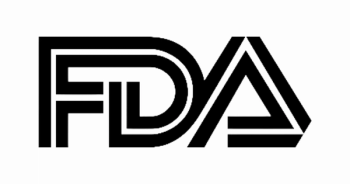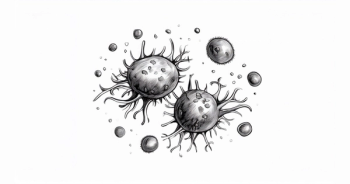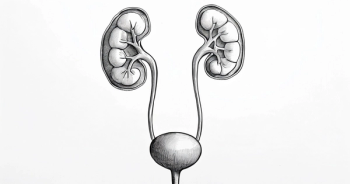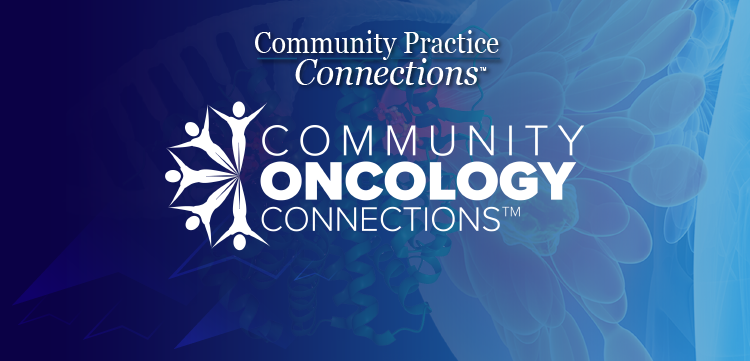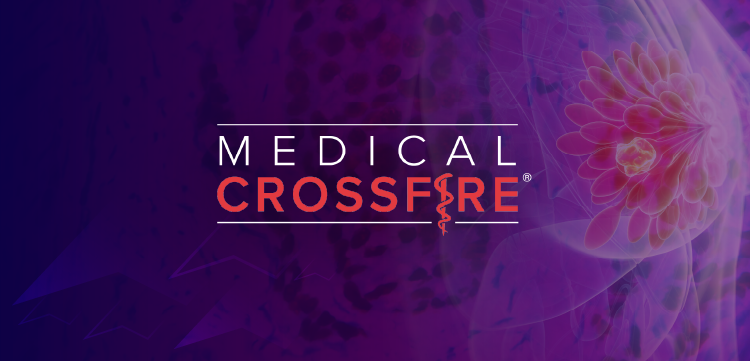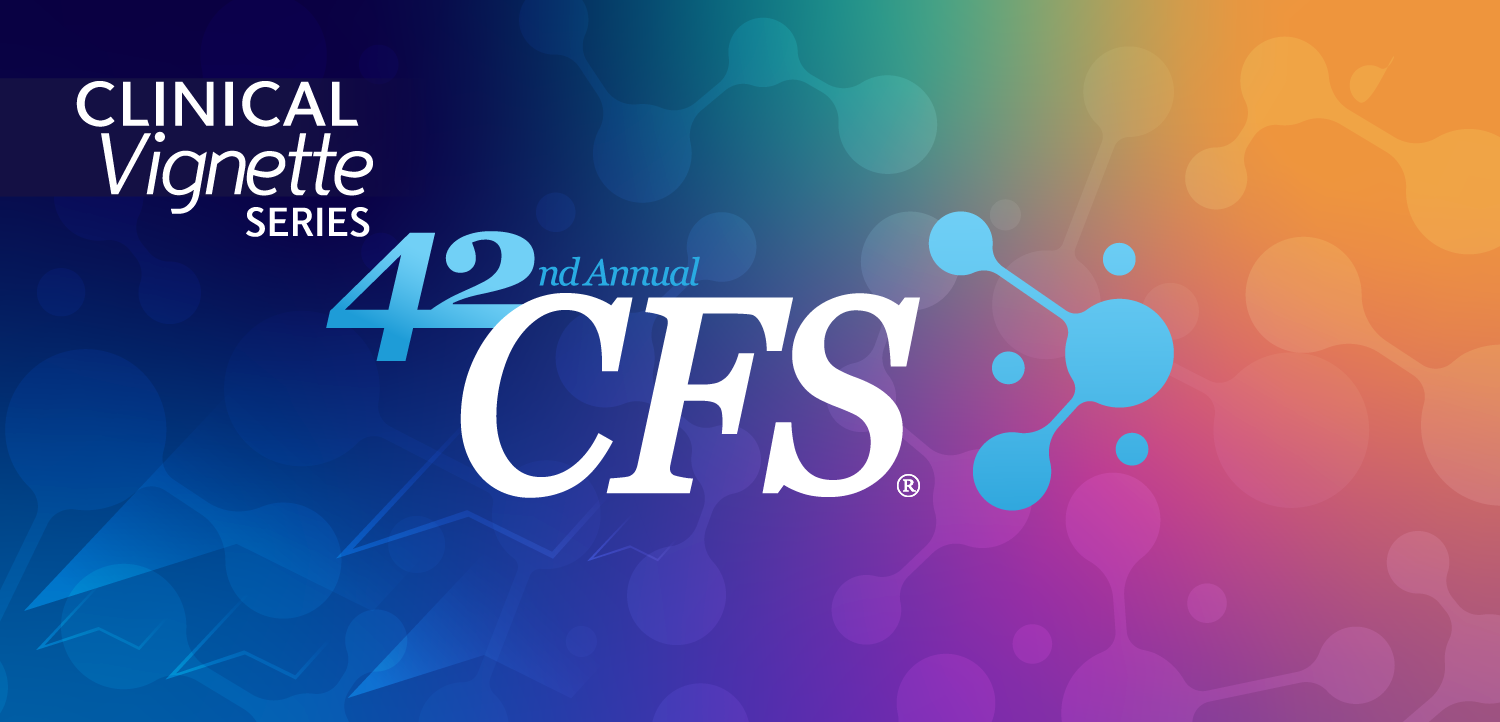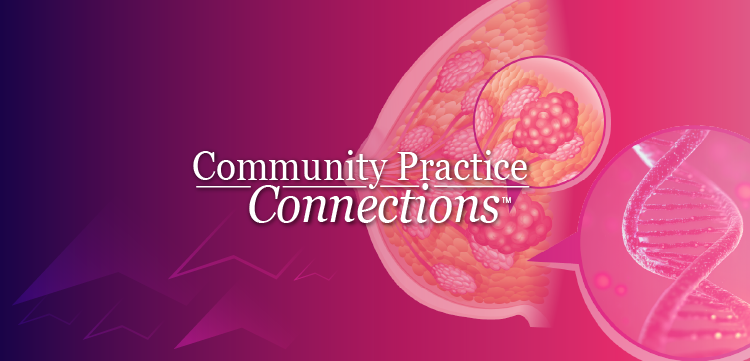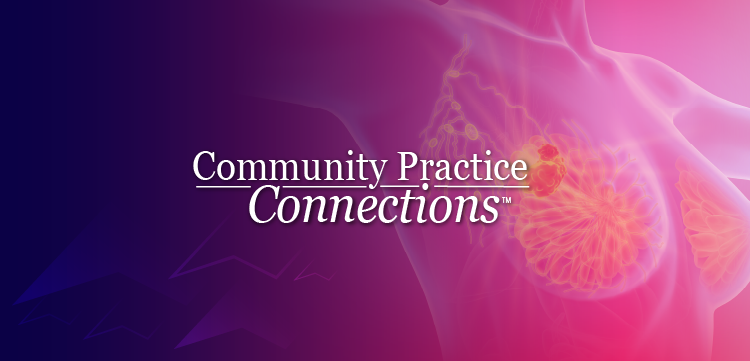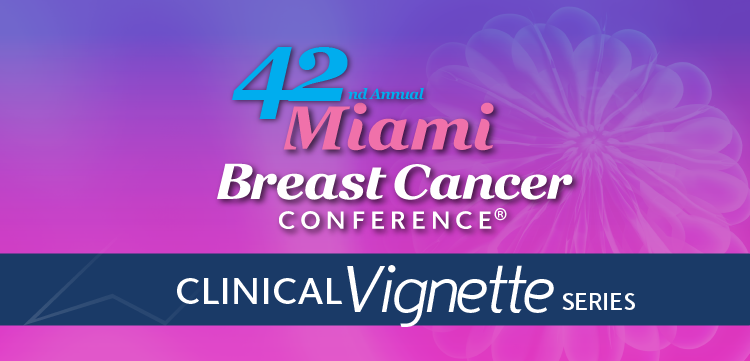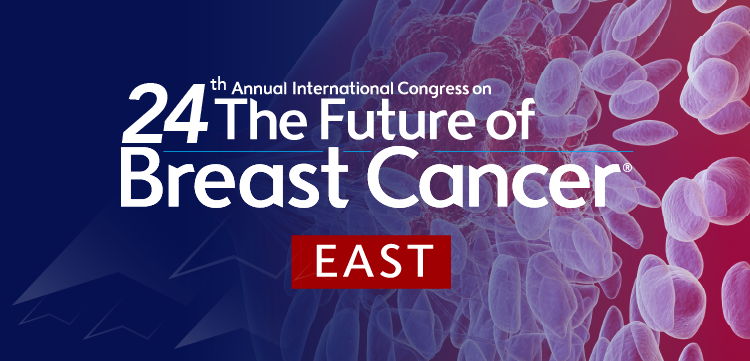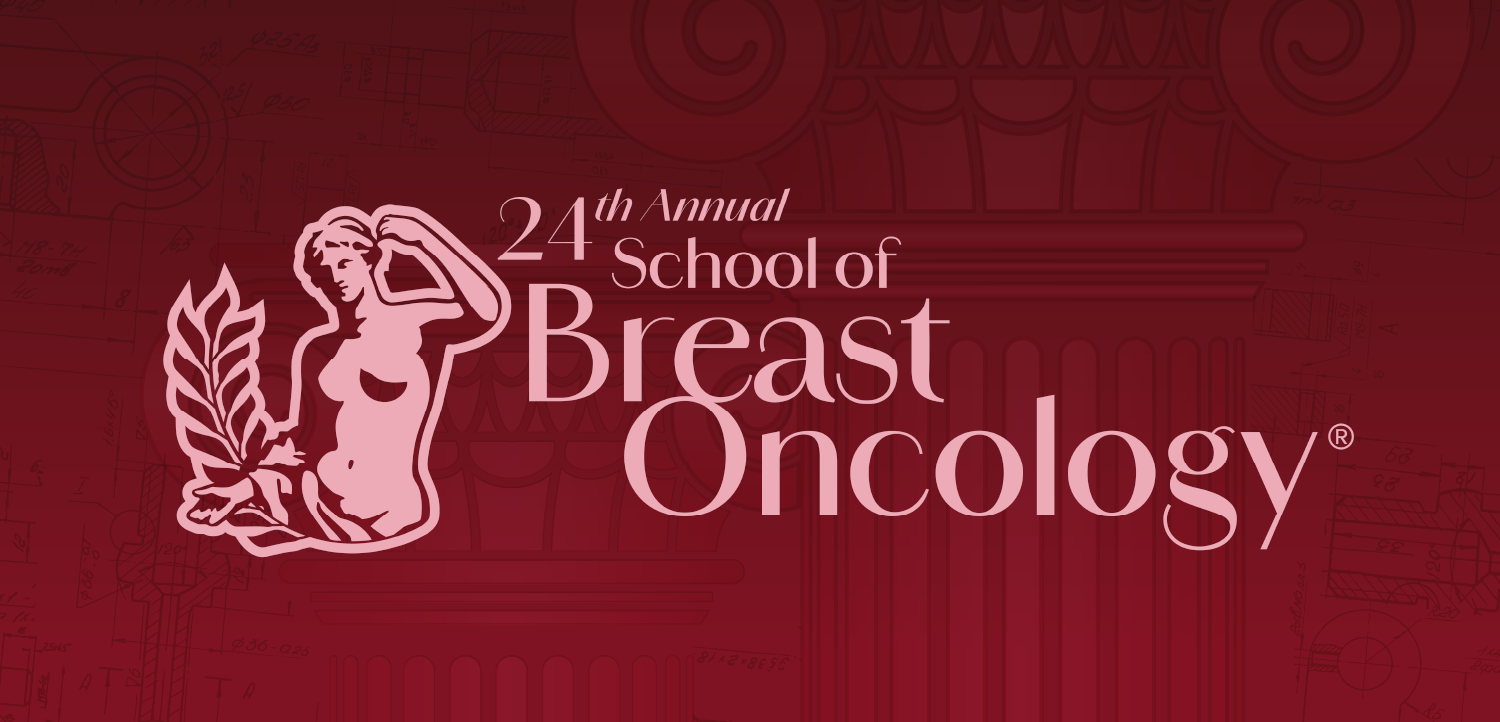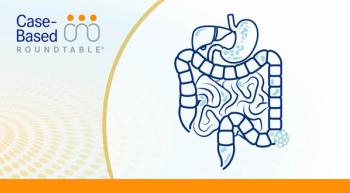
Phase 2 Trial to Investigate Gedeptin in Recurrent Head and Neck Cancer
Gedeptin, a novel gene therapy, is entering phase 2 clinical trials to evaluate its efficacy in treating recurrent head and neck cancer.
Following a clinical advisory committee review, the next steps of the clinical development for Gedeptin, a novel gene therapy technology for the treatment of head and neck squamous cell carcinoma (HNSCC), have been announced and include a phase 2 trial.1
The planned phase 2 study will investigate the efficacy of Gedeptin plus an immune checkpoint inhibitor in patients with first-recurrence HNSCC. The primary end point will be pathologic complete response, and it is anticipated to be a single-cycle trial followed by surgery in approximately 36 patients.
Commencement of the trial is expected in the first half of 2025.
“Based on the review of the 2 clinical trials completed with Gedeptin, we believe that this therapy, combined with an immune checkpoint inhibitor, has the potential to represent an active therapy against solid tumors.As such, in alignment with the Gedeptin clinical advisory committee, we have initiated efforts in support of an expanded phase 2 trial, combining Gedeptin with an immune checkpoint inhibitor as therapy in squamous cell head and neck cancer,” stated J. Marc Pipas, MD, executive medical director of oncology at GeoVax, in a press release.
Gedeptin includes a nonreplicating adenoviral vector expressing the E. coli purine nucleoside phosphorylase. With fludarabine phosphate, 2-fluoroadenine is produced within the tumor, which creates focal chemotherapeutic activity.2
Gedeptin was granted orphan drug designation for the intratumoral treatment of accessible oral and pharyngeal cancers, including cancers of the lip, tongue, gum, floor of mouth, and salivary gland.1
About the Phase 1b/2a PNP-002 Study
The phase 1b/2a PNP-002 study investigated Gedeptin plus fludarabine phosphate in local recurrent HNSCC.2 Gedeptin was injected intratumorally twice on day 1 and once on day 2 followed by infusion of fludarabine phosphate on days 3, 4, and 5. This process is repeated for 5 cycles until tumor progression, unacceptable toxicity, or patient death. The study’s primary end point is safety, and secondary end points include best overall response, progression-free survival, and duration of treatment response.
Initial safety and efficacy of this treatment were assessed in a phase 1 study (NCT01310179) in patients with HNSCC and melanoma.3 The overall response rate was 67% in the 2 highest dose cohorts, with results suggesting a dose response effect. The treatment was also well-tolerated, and no dose-limiting toxicities were identified.


